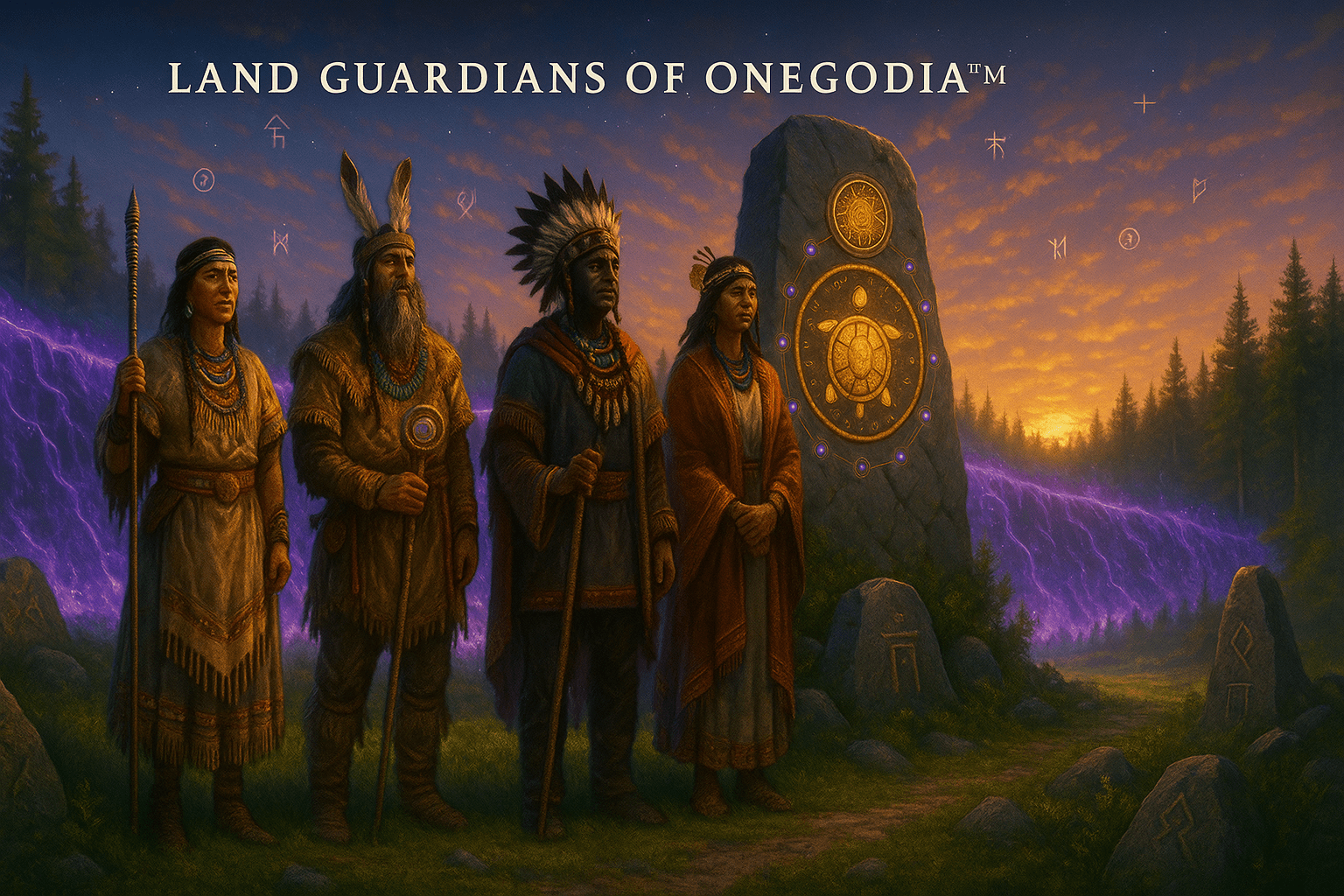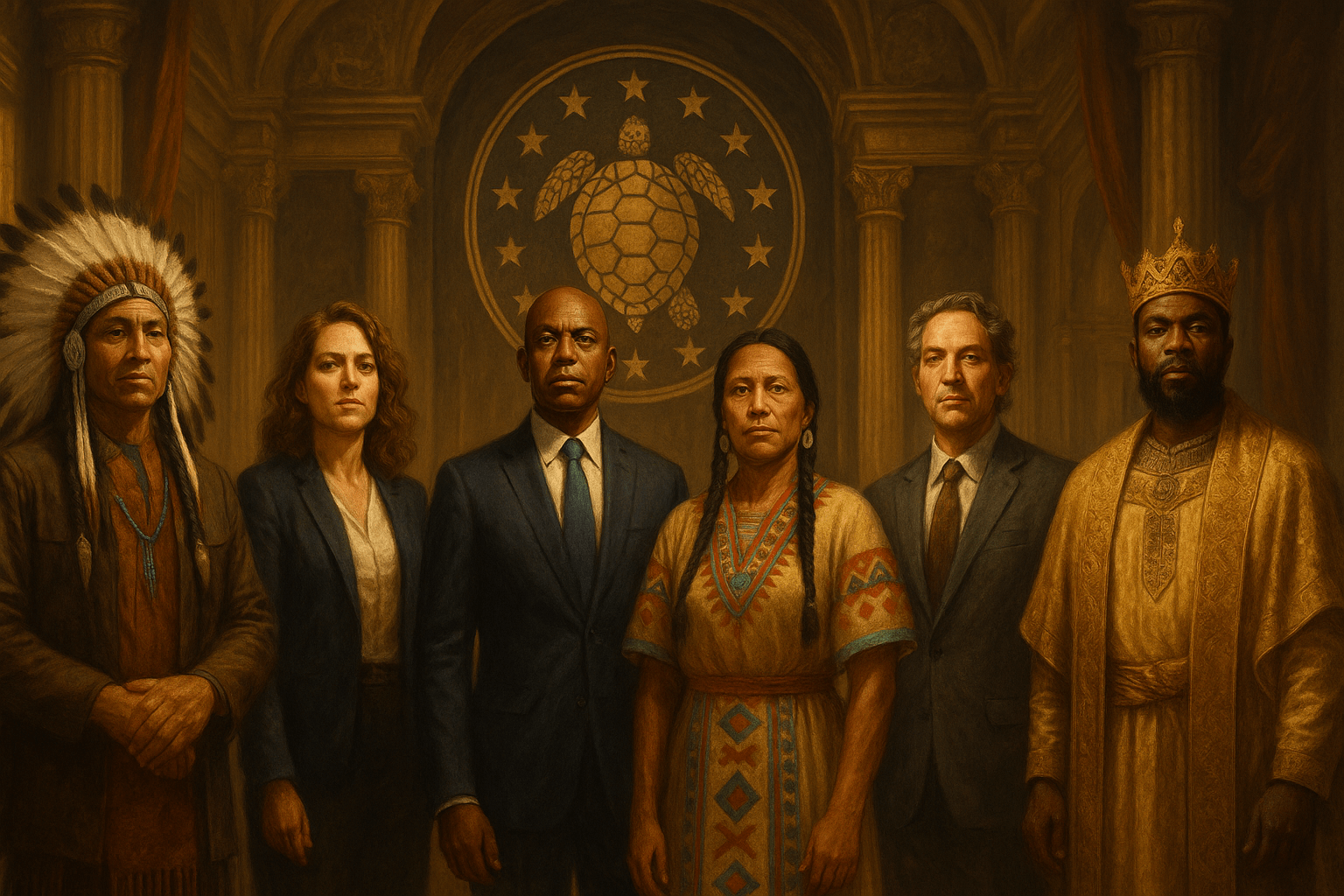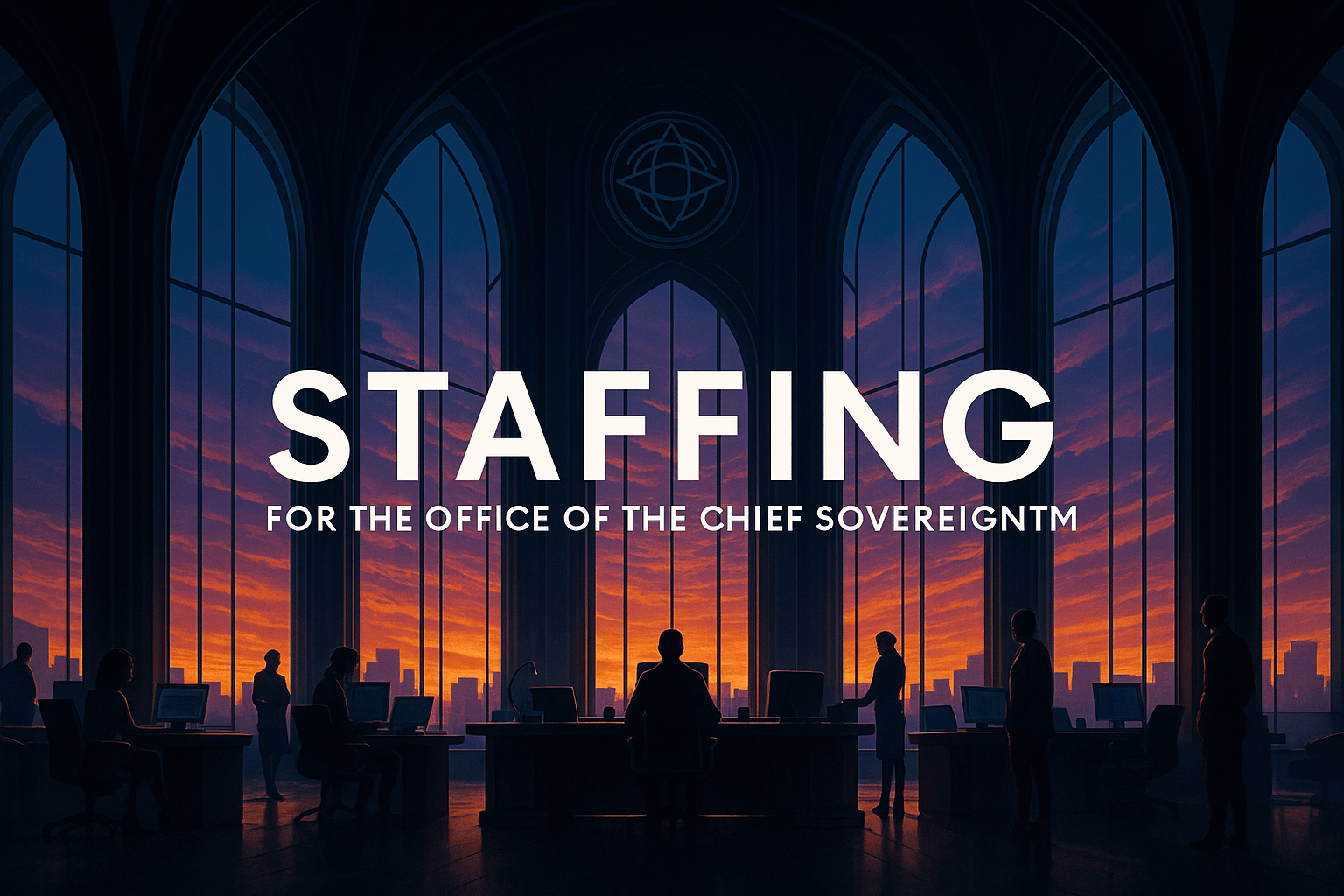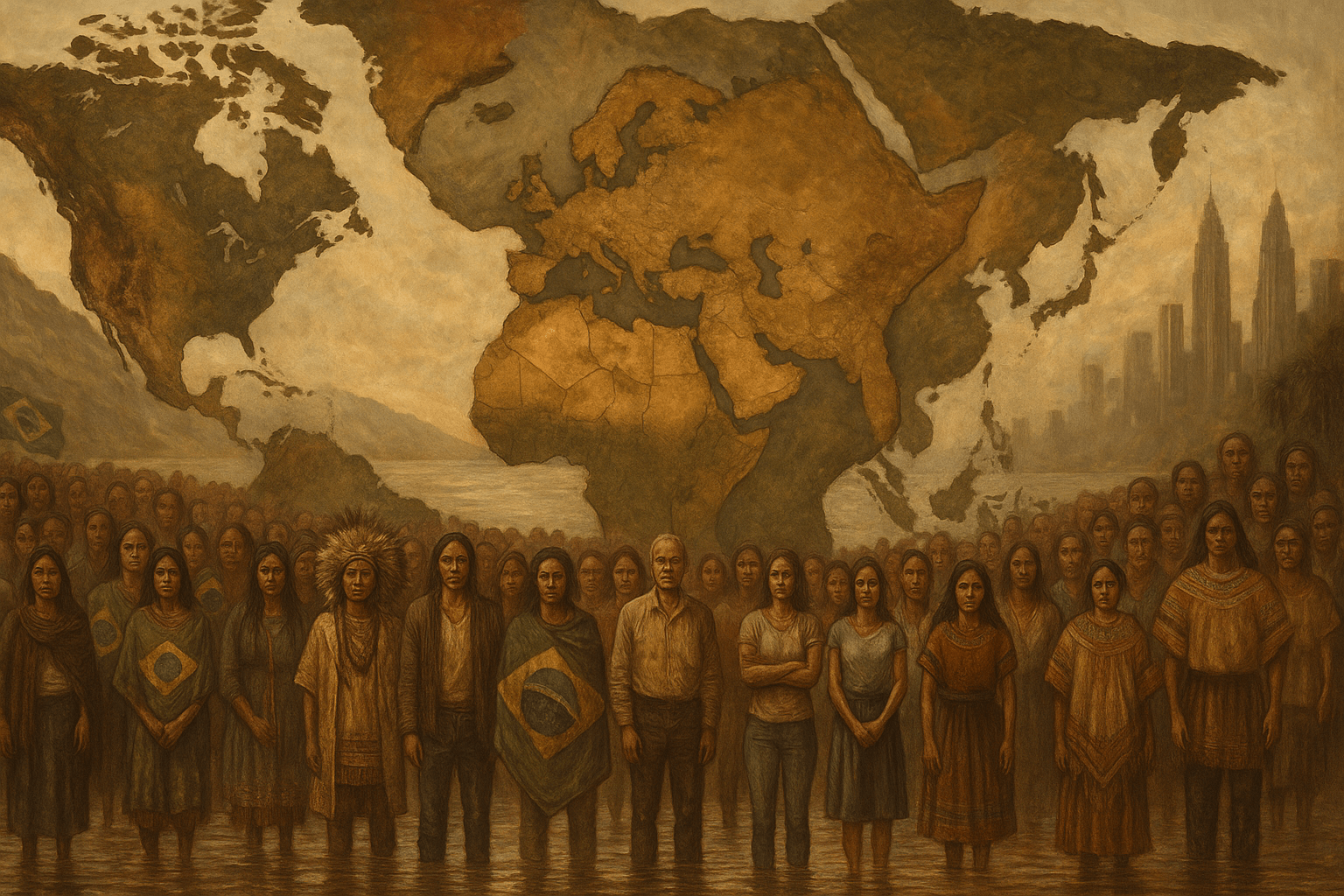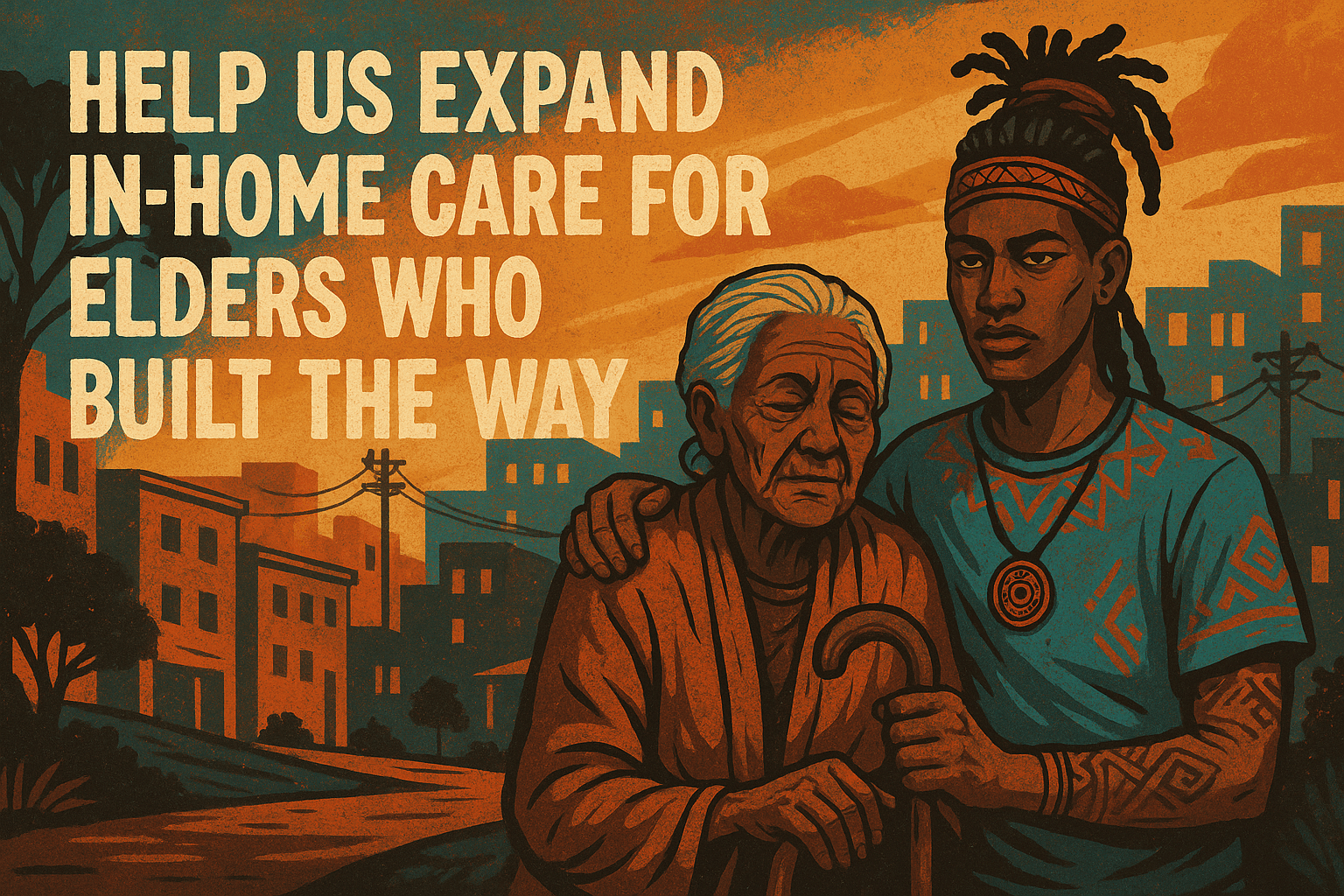Why the Indigenous Nation of Onegodia™ Has Legal Standing Over the Reclaimed Road
⚖️ §33-264c as Applied to Genesis Road™
Why the Indigenous Nation of Onegodia™ Has Legal Standing Over the Reclaimed Road
🛣️ Genesis Road™ – What It Is Legally:
- Former state development road, abandoned and no longer maintained or claimed by CT DOT
- Not listed as an active municipal road or public access route
- No recorded private ownership after state construction project completion
This creates a legal vacuum—a prime opportunity for religious reclamation under Connecticut law.
📜 How §33-264c Applies:
“A religious corporation… may acquire, own, hold, use, lease, sell or otherwise dispose of property for religious, educational, charitable or cemetery purposes.”
The Indigenous Nation of Onegodia™, as a domestic non-stock religious corporation, is:
✅ Authorized by state law to acquire and use unclaimed or unused property for religious or cultural purposes
✅ Acting within its religious mission to reclaim land for indigenous sovereignty, education, agriculture, and spiritual governance
✅ Protected under law from interference as long as land use aligns with stated religious/cultural purposes
💠 Examples of Application on Genesis Road™:
🔹 1. Land Use
- Legal under §33-264c to use Genesis Road™ for religious processions, scroll trails, ceremonies, and cultural education
- Spiritual jurisdiction notices and signage are lawful expressions of religious authority on the land
🔹 2. Pavilion & Dome Construction
-
The Onegodian Land Pavilion™ and Seed Dome™ are religious-use structures, which §33-264c permits without municipal zoning approval, as long as safety standards are met
🔹 3. Sovereign Citizenship
-
Holding ceremonies, issuing certificates, and recording spiritual oaths on-site are protected religious activities under this statute
🔹 4. Spiritual Jurisdiction
- Posting a “Spiritual Jurisdiction Notice” is a lawful act of internal governance
- Preventing desecration or unauthorized activity is both a religious right and property right under this law
🛑 What the Law Prevents the State or Others From Doing:
- They cannot claim authority over internal governance (who uses the land, how scrolls are handled, etc.)
- They cannot prevent ceremonial gatherings or installations related to your religious mission
- They cannot impose zoning restrictions if the structures are used for protected religious purposes
🔐 GENESIS ROAD™ IS LEGALLY PROTECTED BY:
- OBP-1™ Blockchain Certification (Immutable record)
- Onegodian Constitutional Law™ (Spiritual jurisdiction)
- C.G.S. §33-264c (State legal standing)
- UNDRIP Indigenous Land Rights (International human rights protection)
✅ Example Legal Statement (For Notices/Signage):
Under Connecticut General Statutes §33-264c, this land is lawfully held and utilized by the Indigenous Nation of Onegodia™, a registered religious corporation, for the exclusive purpose of spiritual, cultural, educational, and agricultural sovereignty. No public claim or entry is authorized without invitation or sacred purpose.
Discover more from OBP-1™ Developer Documentation System
Subscribe to get the latest posts sent to your email.
There are no comments



